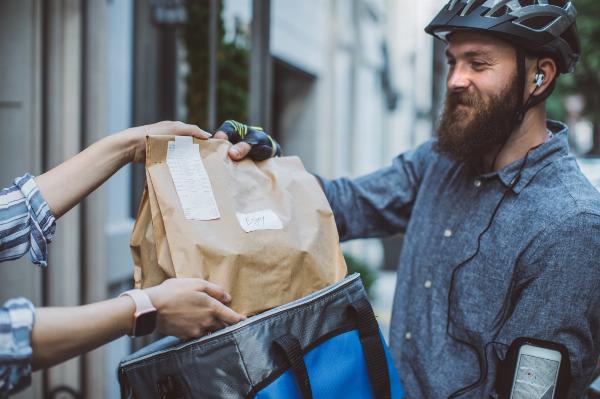How long does it take to develop an app like Uber Eats?

Strong 8k brings an ultra-HD IPTV experience to your living room and your pocket.
In the fast-paced digital era, the demand for food delivery apps has soared, with Uber Eats leading the charge. Many entrepreneurs and businesses are eyeing the potential of creating their food delivery platform. However, the burning question remains: How long does it take to develop an app like Uber Eats?
Understanding the Scope
Before diving into the timeline, it's crucial to comprehend the scope of the project. Developing an app like Uber Eats involves various factors, including features, platforms, and complexities. The timeline can vary significantly based on these elements.
Feature Set
Uber Eats is more than just a basic ordering and delivery app. It incorporates a range of features, such as user registration, restaurant listings, menu customization, real-time tracking, payment integration, and user feedback. The complexity of features directly impacts the development timeline.
Platforms
Deciding whether to develop the app for a single platform or multiple platforms (iOS, Android) is another critical factor. Cross-platform development tools can expedite the process, but native app development may be preferred for a seamless user experience.
The Development Stages
Planning (1-2 months)
Before any code is written, meticulous planning is essential. Define the app's goals, target audience, and unique selling points. Create wireframes and prototypes to visualize the user interface and experience.
Design (2-3 months)
The design phase involves creating the app's visual elements, including the user interface and user experience design. This step ensures a visually appealing and user-friendly application.
Development (4-8 months)
Actual coding takes place during the development stage. The time required depends on the complexity of features, the chosen technology stack, and the development team's expertise. Integrating payment gateways, real-time tracking, and user authentication are among the tasks in this phase.
Testing (2-3 months)
Thorough testing is crucial to identify and fix bugs, ensuring a smooth user experience. Testing includes functional, performance, and security testing across various devices and platforms.
Deployment (1 month)
Once testing is complete, the app is ready for deployment. Launching on app stores involves adhering to their guidelines and policies.
Post-Launch (Ongoing)
The app development journey doesn't end at launch. Continuous monitoring, updates, and improvements based on user feedback are vital for long-term success.
Factors Influencing the Timeline
Team Expertise
The experience and skill level of the development team play a significant role. A proficient team can navigate challenges more efficiently.
Technology Stack
Choosing the right technology stack can impact development speed. Cross-platform frameworks like React Native or Flutter can accelerate the process compared to native development.
Third-Party Integrations
Incorporating third-party services, such as payment gateways and mapping APIs, can expedite development but may also introduce complexities.
Building With White Label Solutions
The popularity of white label solutions, like Uber Eats clone apps a food delivery app script, has surged. Entrepreneurs eager to enter this thriving market often turn to these pre-built solutions. But what is the timeline for developing a white label Uber Eats clone, and how does it compare to building an app from scratch?
White label solutions provide a pre-built framework that can be customized to suit specific business needs. In the case of Uber Eats clones, these solutions offer a foundation for a food delivery app, complete with essential features and functionalities.
Comparing Timelines
Developing a white label Uber Eats clone App generally offers a faster timeline of 2-4 weeks compared to building an app from scratch. The pre-built foundation significantly reduces the time spent on core development tasks. However, the customization and integration of unique features can extend the timeline slightly. Opting for a white label Uber Eats clone offers a streamlined path to entering the competitive food delivery market. While timelines are generally shorter than building from scratch, careful consideration of customization needs and choosing a reliable provider are vital for a successful and timely launch.
Balancing customization with the advantages of a pre-built solution can pave the way for a cost-effective and efficient entry into the on-demand food delivery industry.
Conclusion
Developing an app like Uber Eats is a multifaceted process that requires careful planning, design, and execution. While a rough estimate for the timeline is provided, it's crucial to understand that each project is unique. Collaborating with a skilled development team, making informed decisions, and staying adaptable throughout the process will contribute to a successful and timely app launch.
Note: IndiBlogHub features both user-submitted and editorial content. We do not verify third-party contributions. Read our Disclaimer and Privacy Policyfor details.


